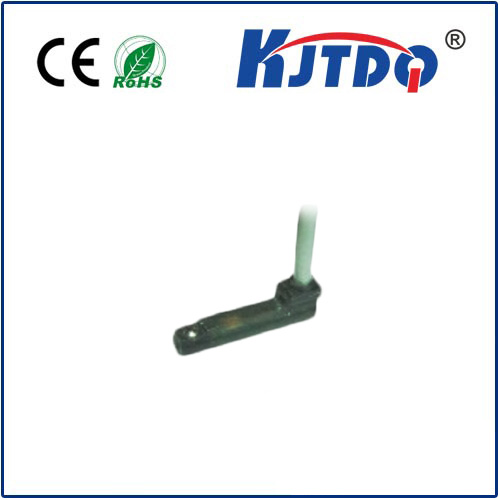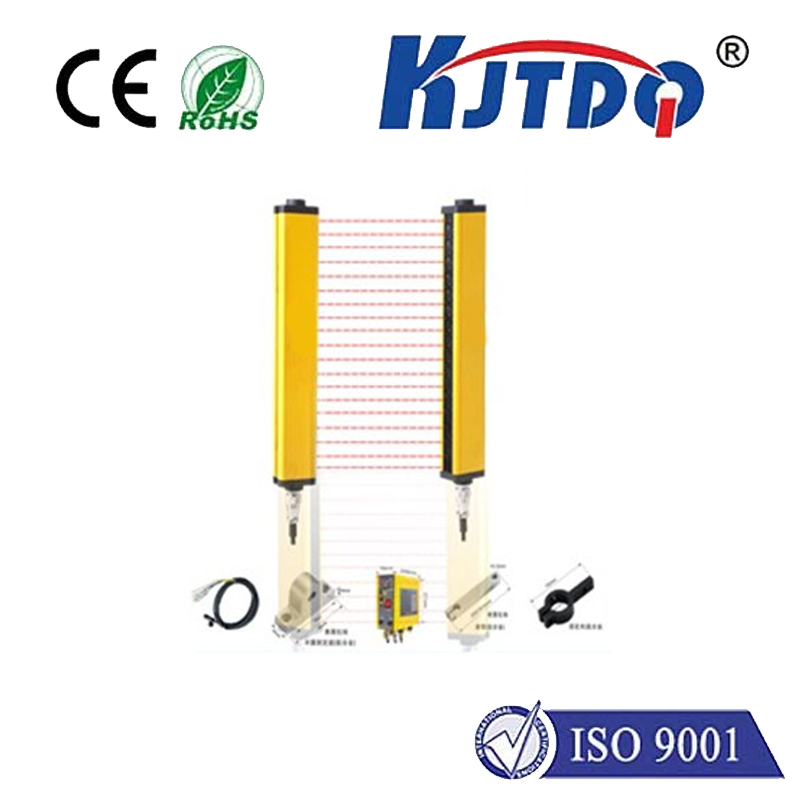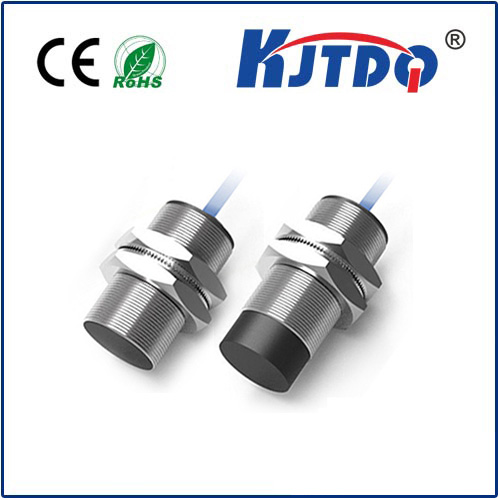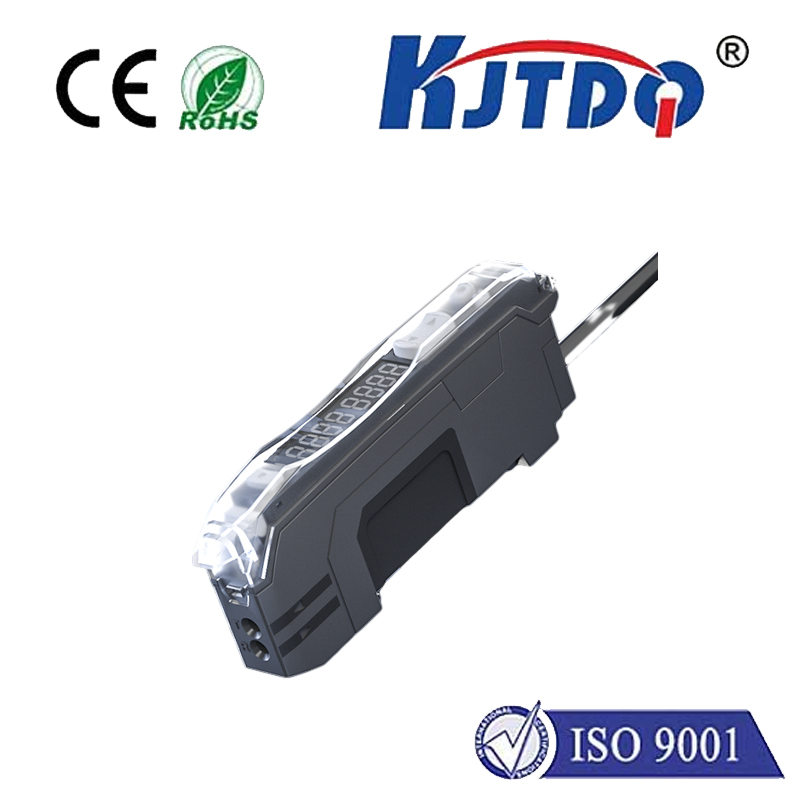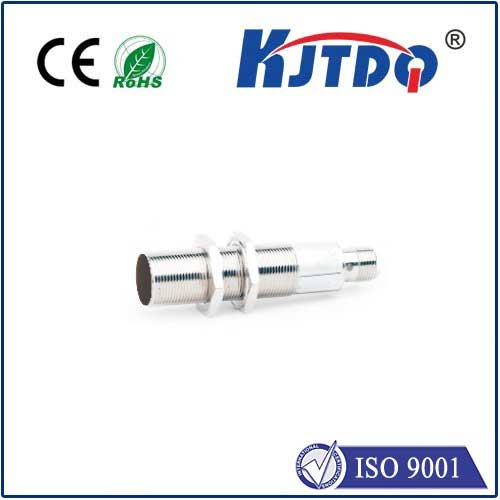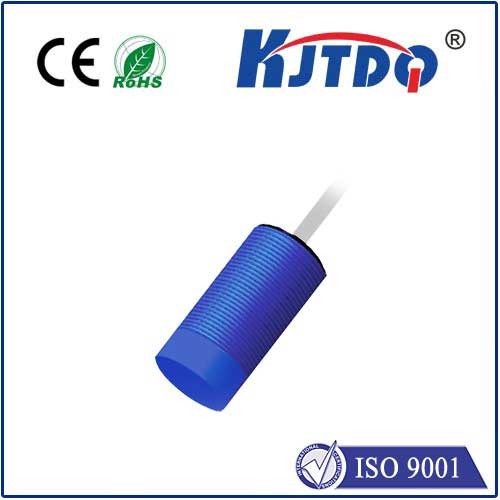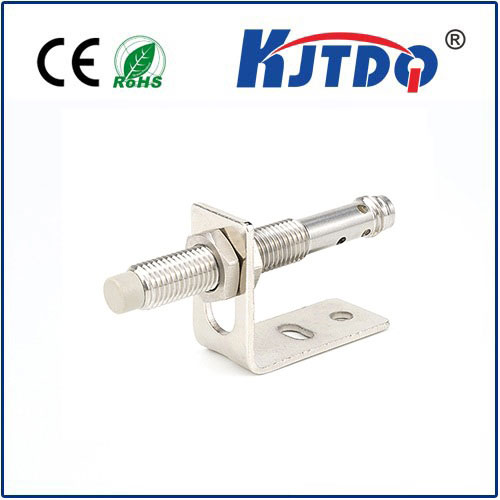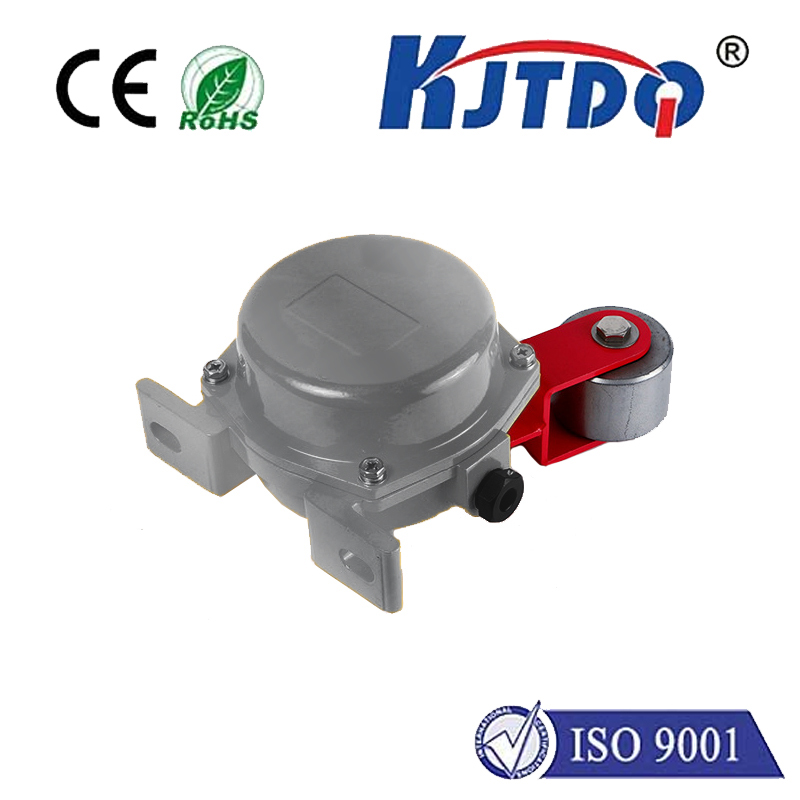
check

check

check

check
The Importance of Datalogic Photoelectric Sensors in Industrial Automation
In today's fast-paced and technology-driven world, automation plays a crucial role in increasing productivity and efficiency across various industries. One essential component of automation is the photoelectric sensor, which has become an integral part of modern manufacturing processes. Among the many brands available in the market, datalogic photoelectric sensors stand out for their reliability, accuracy, and versatility.
Photoelectric sensors are devices that use light to detect objects or measure distances. They consist of a transmitter and a receiver, where the transmitter sends a beam of light towards the receiver. When an object interrupts this beam, it triggers an electrical signal that can be used for various applications such as counting, sorting, positioning, and level detection. Datalogic photoelectric sensors are designed to provide high-performance solutions for these tasks while ensuring safety and reducing downtime.

One of the key features of datalogic photoelectric sensors is their ability to work in challenging environments. They are built to withstand harsh conditions such as dust, moisture, and temperature fluctuations, making them ideal for use in industries like food processing, pharmaceuticals, packaging, and automotive manufacturing. These sensors also offer flexible installation options, allowing them to be mounted on conveyors, machines, or other equipment without compromising their performance.
Another advantage of datalogic photoelectric sensors is their ease of use and programming. They come with user-friendly interfaces and software that enable quick setup and configuration. This means that operators with limited technical knowledge can still install and maintain these sensors effectively, reducing training costs and improving overall system efficiency. Moreover, datalogic sensors often support multiple languages and communication protocols, ensuring compatibility with different industrial networks and control systems.
Datalogic photoelectric sensors also boast excellent precision and response times. Their advanced optical technologies allow for accurate detection of small objects at high speeds, even in cases where there is minimal contrast between the target object and its background. This makes them suitable for applications requiring high throughput rates and tight tolerance levels. Additionally, some models feature special algorithms that enhance their ability to distinguish between different types of materials or colors, further expanding their range of uses.
Furthermore, datalogic photoelectric sensors prioritize safety by incorporating features such as dual-color LED indicators that clearly show when the device is active or faulty. They may also include self-diagnostic capabilities that help identify issues before they lead to production stoppages. This focus on safety not only protects personnel but also minimizes potential losses due to unplanned downtime.
In conclusion, datalogic photoelectric sensors play a vital role in industrial automation by offering reliable detection capabilities in diverse environments. With their robust construction, easy programming, precision accuracy, and emphasis on safety, these sensors contribute significantly to enhancing productivity and efficiency in various sectors. As technology continues to evolve, it's likely that we will see even more innovative features from datalogic photoelectric sensors, further cementing their importance in the automated world.
